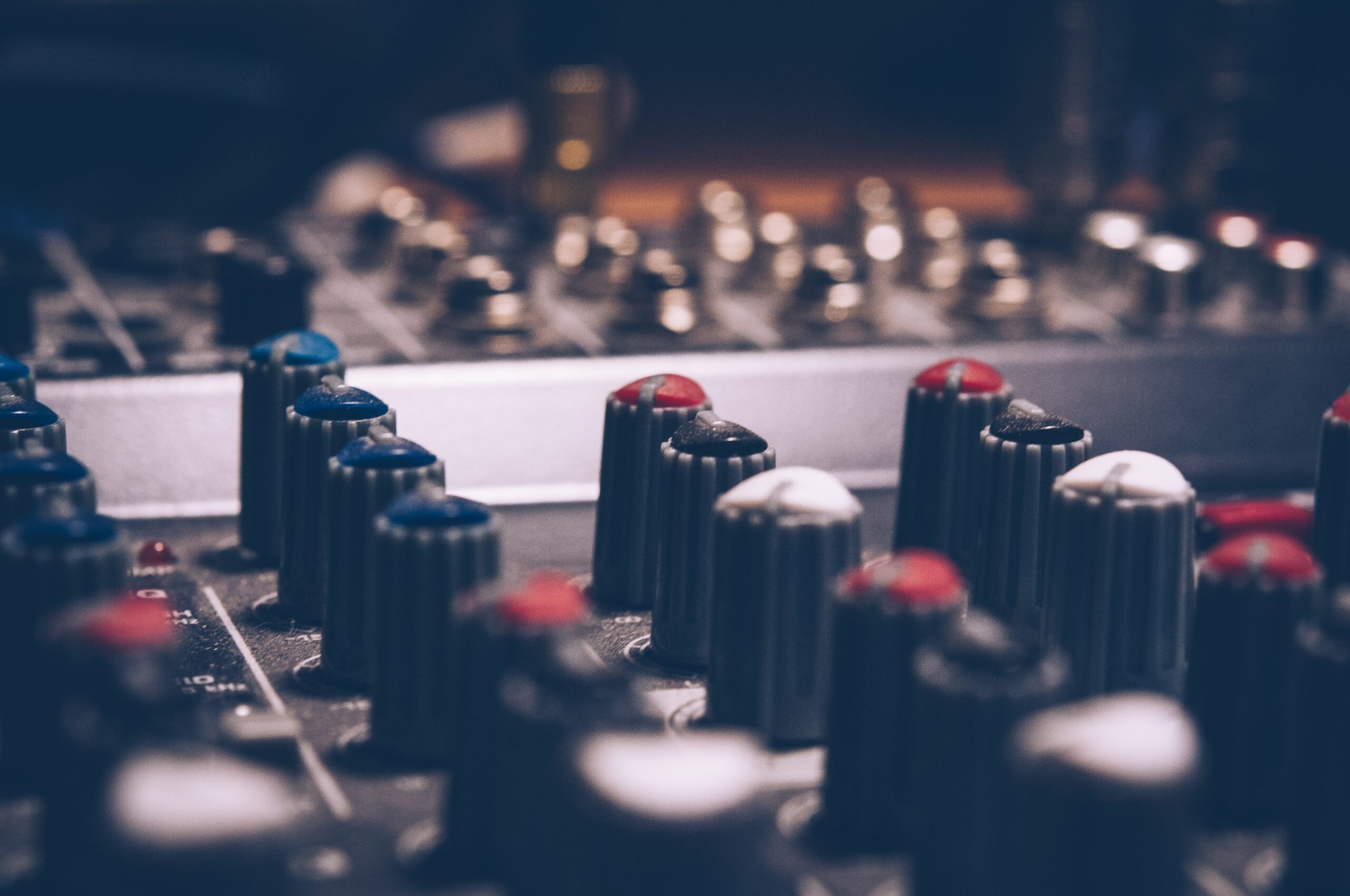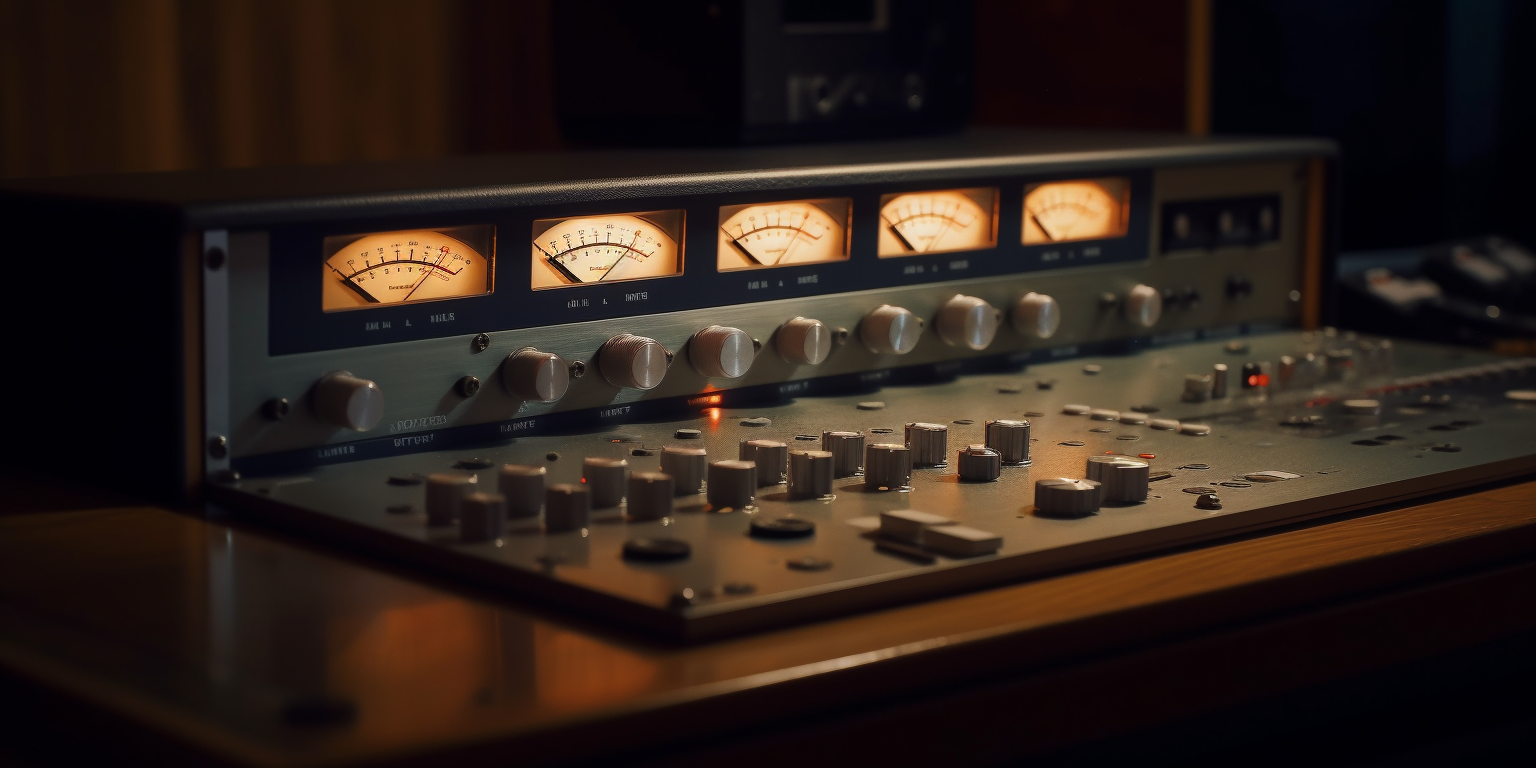How to listen
Ear training for mixing is the process of developing your ability to listen to and identify different elements of a mix, such as frequency balance, panning, spatialization, dynamics, and effects.
TO LEARN EAR TRAINING SPECIFICALLY FOR MIXING AUDIO, HERE ARE SOME TIPS:
- Listen to reference tracks: Listen to professionally mixed tracks that are similar to the genre and style of the music you’re mixing. Pay attention to the frequency balance, dynamics, spatialization, and effects used in the mix.
- Focus on specific elements: Practice identifying specific elements of a mix, such as identifying which instrument is panned to the left or right, or identifying which frequencies are dominant in a particular instrument or sound.
- Use frequency analyzer tools: Use frequency analyzer tools to visualize the frequency content of a mix and practice identifying different frequencies.
- Use panning and stereo imaging tools: Use panning and stereo imaging tools to practice identifying the placement and spatialization of different elements in a mix.
- Practice critical listening: Critical listening is the process of actively listening to a mix and analyzing its different elements. Practice identifying specific issues in a mix, such as phase cancellation, excessive reverb, or inconsistent levels.
- Get feedback: Ask for feedback from a mentor or colleague who has experience in mixing audio. They can provide feedback on your ear training progress and help you identify areas where you need to improve.
Remember that ear training for mixing audio is a skill that takes time and practice to develop. By focusing on specific elements of a mix and using tools to help you visualize and identify those elements, you can improve your ability to create well-balanced and professional-sounding mixes.






